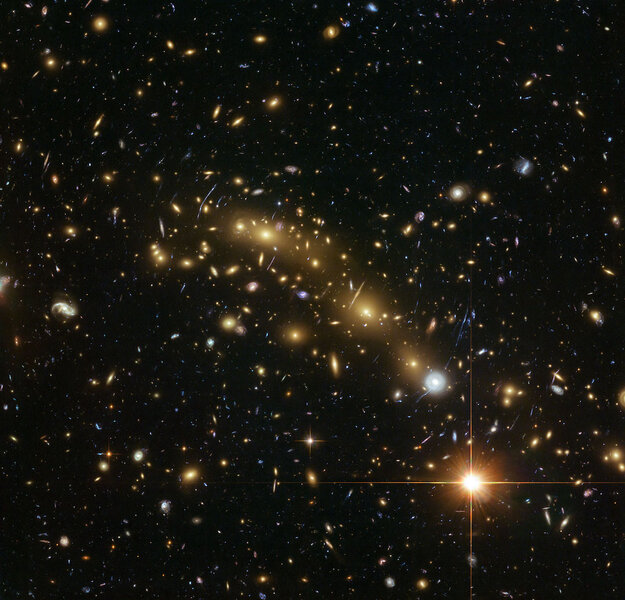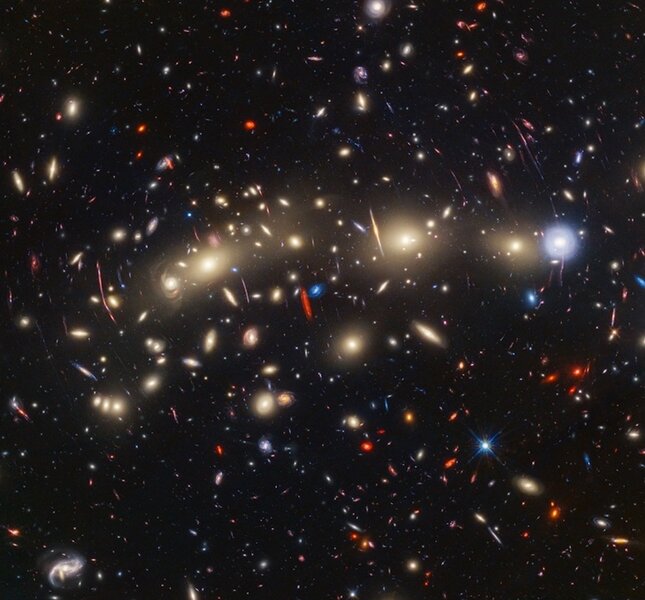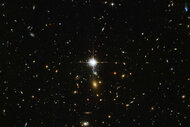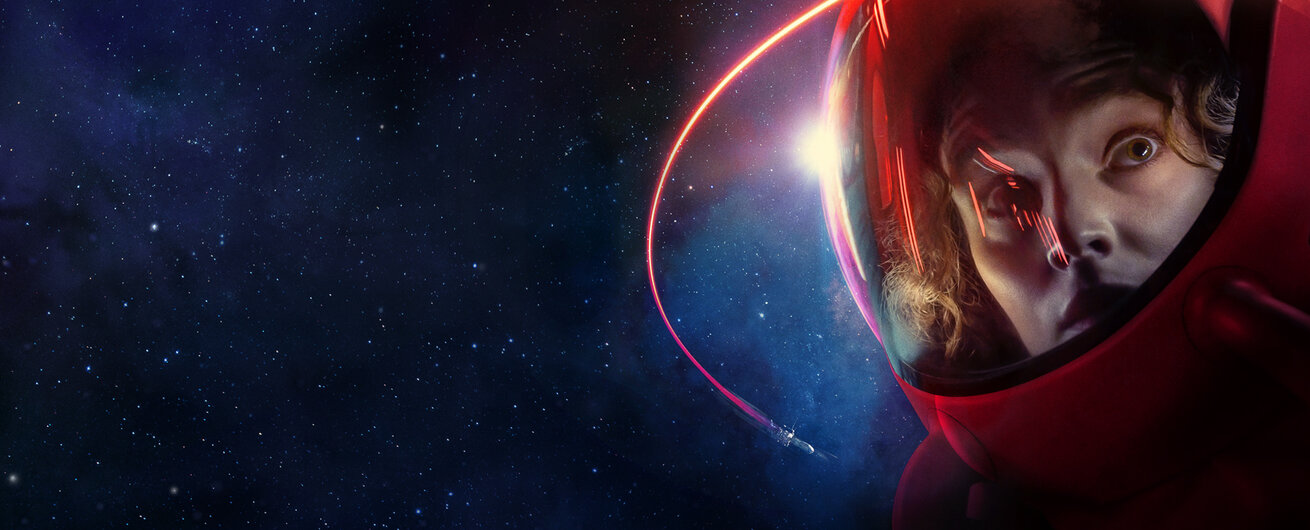Create a free profile to get unlimited access to exclusive videos, sweepstakes, and more!
Hubble and JWST Join Forces to Create Most Colorful View of the Cosmos Ever
Two high powered space telescopes are better than one.
From mountain ranges and coastlines to the edge of the atmosphere itself, humanity never met a horizon it didn’t intend to cross. With any luck, our species will set foot on another planet sometime in the next few decades, and beyond Mars lies the rest of the solar system. After that, the ultimate horizon: the almost empty expanse between here and the nearest star.
In SYFY’s The Ark (streaming now on Peacock), the brave crew of the Ark One encounters challenge after challenge on their way to Proxima Centauri, our closest star beyond the Sun. It seems that building an interstellar starship is only the first of many roadblocks on the path between here and everywhere else. In preparation for the day we eventually set sail for the stars, astronomers recently turned in the most colorful view of the cosmos ever made by combining data from the James Webb Space Telescope (JWST) and the Hubble Space Telescope.
JWST and Hubble’s Combined View of a Monster Galaxy Cluster
The image’s subject is the galaxy cluster MACS0416, roughly 4.3 billion light-years from here. In point of fact, it’s actually two smaller galaxy clusters in the process of smashing into one another. Clusters like these are of particular interest to astronomers because in addition to offering a whole bunch of cosmic stuff all in one place, they often serve as gravitational lenses, expanding our view into the early universe.
RELATED: JWST May Have Found Dark Matter Stars in the Early Universe
Hubble first imaged the cluster in 2014 as part of Frontier Fields, a program designed to peer into the furthest reaches of spacetime to learn about the origin and earliest moments of the universe. Now, adding additional data from JWST’s infrared instruments, astronomers built a combined picture of MACS0416 only possible through the combined power of both scopes.
JWST’s infrared sensors can look deeper than ever into space and time and pick up light invisible to the unaided eye. The colors in the image have been added after the fact to aid in interpreting what we’re seeing. Generally speaking, short wavelengths are colored blue, middle wavelengths are colored green, and long wavelengths are colored red.
Because of the expansion of the universe, the wavelength (color) tells us something about the distance that light has traveled. Galaxies with shorter (bluer) light are, on average, closer to us. Meanwhile, more distant galaxies are redshifted as their wavelengths are stretched along with the rest of the universe. In addition to providing a data rich view of the cluster, the image also highlights a number of unusual transient objects.
The Hunt for Gravitationally Lensed Super Stars
Rather than observing the cluster all at once, astronomers took pictures several times, spaced several weeks apart. When the images were compared, astronomers could identify objects which varied in appearance over time. They identified 14 such objects, two of which are background supernovae. The other 12 are stars inside one of the galaxies, and they get especially bright at intervals as the incredible gravity of the cluster acts like a magnifying glass on objects in their line of sight, according to a paper accepted for publication in The Astrophysical Journal. An early version is posted to the preprint server ArXiv.
RELATED: JWST Reveals Crab Nebula in Never-Before-Seen Detail
“We’re calling MACS0416 the Christmas Tree Galaxy Cluster, both because it’s so colorful and because of these flickering lights we find within it. We can see transients everywhere,” said Haojing Yan, lead author of a paper, in a statement.
One of those transients is a star inside a galaxy dated to just 3 billion years after the Big Bang. As it passes through an unknown gravitational “milli-lens,” its light gets magnified 4,000 times, making it incredibly bright and magnified. Astronomers nicknamed the star Mothra, to appropriately signify its monster status. Maybe one day our descendants will even get to see it close up.
Prepare for humanity’s star-hopping future in The Ark, streaming now on Peacock.






















